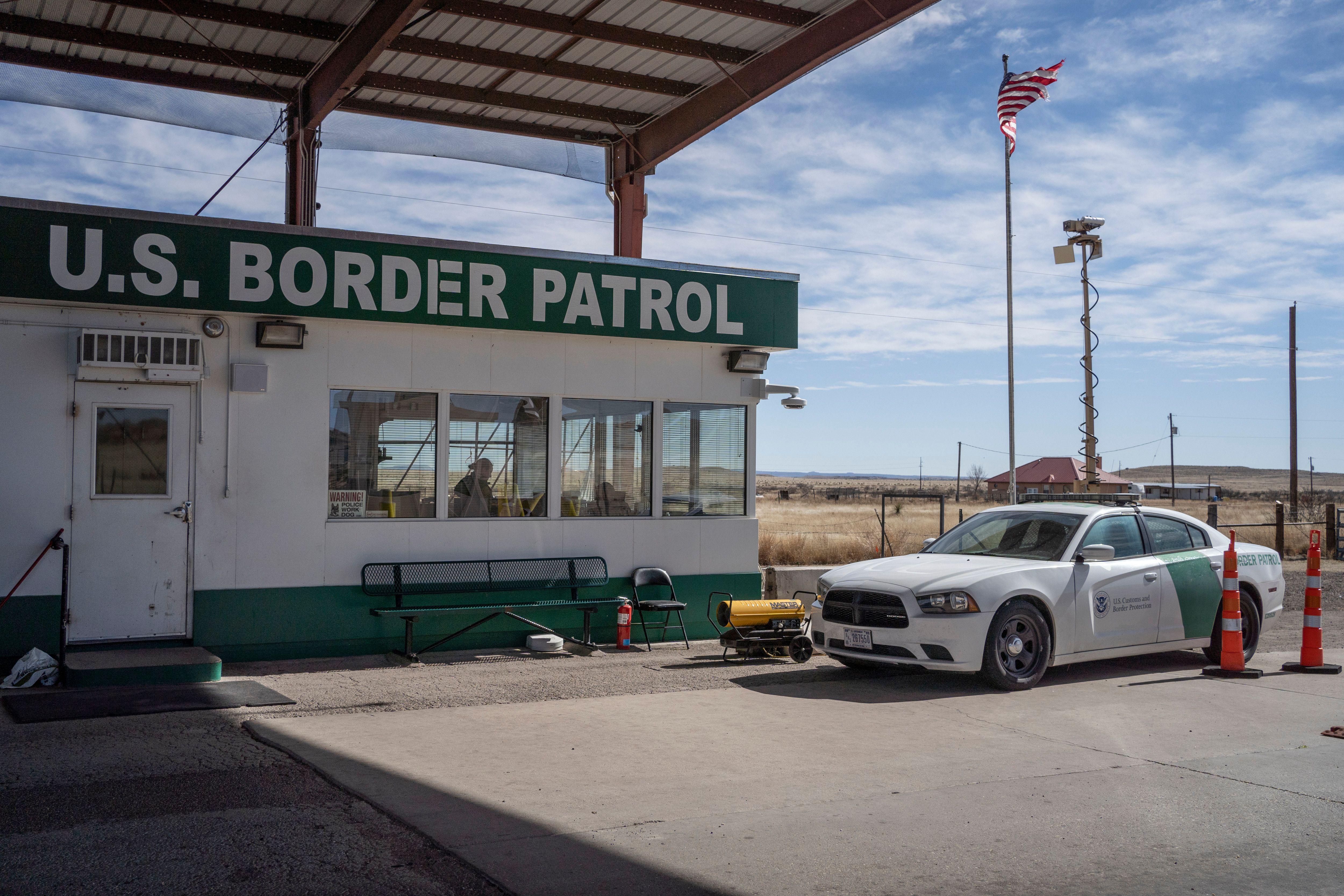On Monday, President Donald Trump issued an executive order limiting immigration to the United States through the end of the year. This time, his targets include those who would be eligible for H-1B visas—highly educated foreign professionals who often work in mathematics, engineering, technology, and medical sciences and fill critical needs in the U.S. labor markets. The executive order also extends a ban on green cards issued outside the U.S. and bans foreign executives employed by American companies with global operations, seasonal workers in the hospitality industry, au pairs, and students on summer work travel programs. With this order, the president’s message is clear: America is closed.
Never before have America’s borders been so firmly shut. The president’s pretext for this order is protecting American workers, invoking a nativist myth that immigrants are stealing jobs from citizens. But our nation’s economic prosperity and technological prowess depend on attracting the world’s top talent. Congress caps the number of H-1B visas at 65,000 per year, with 20,000 additional visas for foreign professionals who graduate with a master’s degree or doctorate from a U.S. university. Demand for H-1B workers far exceeds this limit. Employers must petition for potential H-1B visa recipients, attesting that the employment of the H-1B worker will not adversely affect the wages and working conditions of similarly situated U.S. workers. In recent years, the caps have been reached in just a few days. Leaders in the tech and business sectors have condemned the executive order; it makes no economic sense.
Coming on the heels of the administration’s loss before the Supreme Court in the Deferred Action for Childhood Arrivals program case, the executive order only makes sense as an expression of xenophobia. Last year, 71.7 percent of H-1B visa recipients were born in India. While much of the president’s rhetoric has focused on “illegal” immigrants, the new executive order makes clear that the distinctions between “legal” and “illegal” immigrants do not truly matter to this administration. What matters is “making America great again”—a dog whistle appealing to the president’s nationalistic base.
The executive order is one prong in an ever-expanding assault by the administration against immigrants. Even as the president and his political allies blame undocumented immigrants for “not following the rules,” the administration is changing the rules at breathtaking speed. A rule slated to be issued on Friday will ban or delay legal work authorizations for most asylum-seekers while they wait for the government to adjudicate their cases, a process that can take years. A sweeping regulation published last week will decimate the U.S. asylum system, making it nearly impossible for most asylum-seekers to receive protections. Its changes include making those fleeing gender-based persecution ineligible for asylum, leaving thousands of women and girls fleeing domestic violence, sexual assault, and female genital mutilation without the legally required opportunity to seek protection in the United States. Separately, in violation of domestic and international law, not to mention basic human decency, the administration is deporting thousands of young children from the southern border to their persecutors. Meanwhile, an estimated 860,000 people have pending applications to become U.S. citizens, but the administration has largely refused to conduct naturalization ceremonies for them, making it unlikely that they will be able to vote in November.
To justify shutting America’s doors, the administration cites public health concerns. But this is a pretext. Americans wait to become citizens while the president holds massive indoor campaign rallies with no social distancing. Notably, administration officials initially told reporters that au pairs—covered by the text of the executive order–would be exempt. Thereafter, officials said that the administration would consider exceptions for au pairs—historically, young European women—on a case-by-case basis. No other exceptions to the visa ban have been mentioned. Nevertheless, the administration’s claim of public health as justifying the visa ban is perhaps unsurprising. In the late 19th century and throughout the 20th century, anti-immigrant rhetoric and policy often were framed in explicitly medical terms. To keep out immigrants, Americans blamed them for the spread of dangerous diseases despite empirical evidence to the contrary.
And as the doors to new immigrants close, the administration has stepped up deportations of people who already live here. Immigrants and even citizens now face increased risks of racial profiling and being wrongly deported from their homes even if they lawfully belong here. On Tuesday, the D.C. Circuit Court of Appeals authorized the administration’s expansion of “expedited removal” to people nationwide. From 2004 onward, this provision of immigration law applied only to those apprehended within 100 miles of a border and unable to prove their presence in the United States for 14 days. With the D.C. Circuit Court’s ruling, a person may be apprehended by immigration agents anywhere in the United States as soon as Aug. 14. If she cannot prove that she has been physically present in the country for two years, immigration agents can put her in expedited removal proceedings and deport her without affording her an opportunity to present her case to an immigration judge. Today’s Supreme Court ruling makes it more difficult to challenge such deportations by filing a habeas petition in federal court. Expedited removal lives up to its name; according to Department of Homeland Security statistics, such deportations take place, on average, within 11.4 days. Once deported, it’s incredibly difficult to challenge the government’s case and try to return to America. Dozens of people, including U.S. citizens, have been wrongly deported. Others will face a similar fate.
The message sent by all of these rapidly changing policies is this: Following the rules, or immigrating the “right” way, no longer offers protection from this administration’s crackdown on immigrant communities. This tough talk may appeal to the worst impulses of the president’s base. But the harm it will do to America’s future is incalculable.
